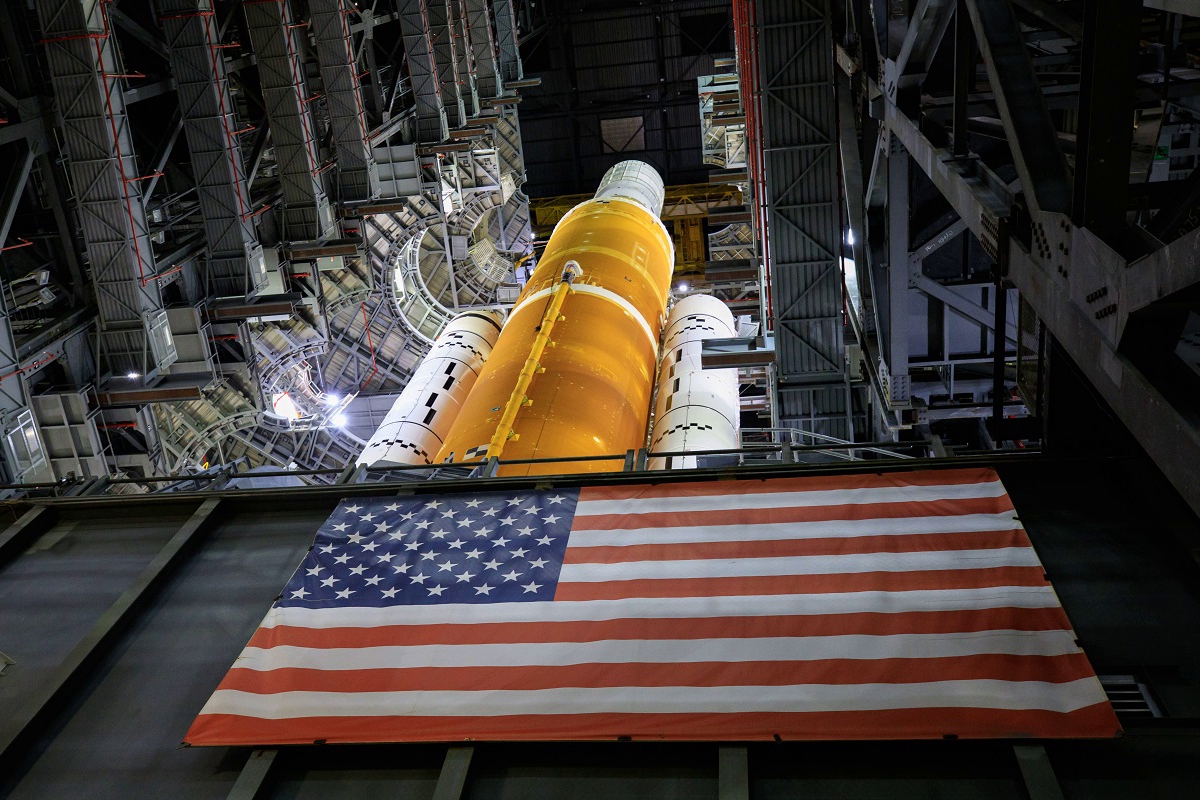
On April 1, the US space agency (NASA) began preparing its giant Space Launch System rocket, which is designed to carry out manned missions far beyond Earth’s orbit, for key tests. The Space Launch System (SLS) is located at 39B at the Kennedy Space Center in Florida (USA). If all goes well, the rocket will be declared ready for the mission, during which it will send a test capsule without a crew on a trip to the moon lasting 4 to 6 weeks. This could happen in the next few months.
SLS is NASA’s new flagship rocket, designed to transport people and cargo into outer space. She will star in NASA’s Artemis program, which will send the first woman and the first colored man to the moon in 2025. The SLS rocket is designed to launch a new capsule for the crew called Orion, which will bring future astronauts to the surface of the moon.
As part of a three-day general “wet” test, the Space Launch System rocket will go through all the stages leading to a real launch. As part of the dress rehearsal, NASA dispatchers will count down to launch and even fill the tanks with ultra-cold liquid fuel (2.6 million liters), as they will on the day of the first space launch. Most likely, it will happen on April 3. This was announced by Charlie Blackwell-Thompson, NASA’s director of the launch of “Artemis” during a press conference.
SLS is currently estimated at $4.1 billion. It will be the most powerful rocket in history. Its height is almost 100 meters. Block 1 SLS will generate 39.1 meganewtons of thrust on takeoff, which is 15% more than the Soviet “Saturn V”. Although in 1960 the USSR built an H-1 missile capable of developing a thrust of 45.4 meganewtons, all H-1 tests failed.

